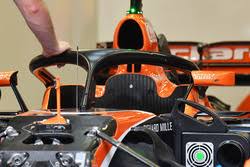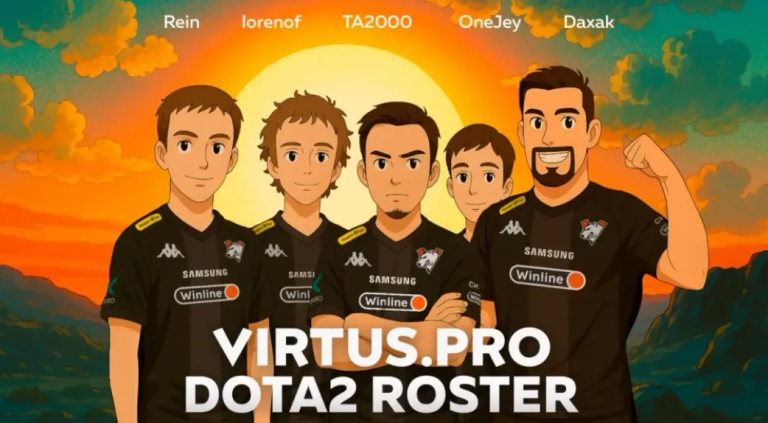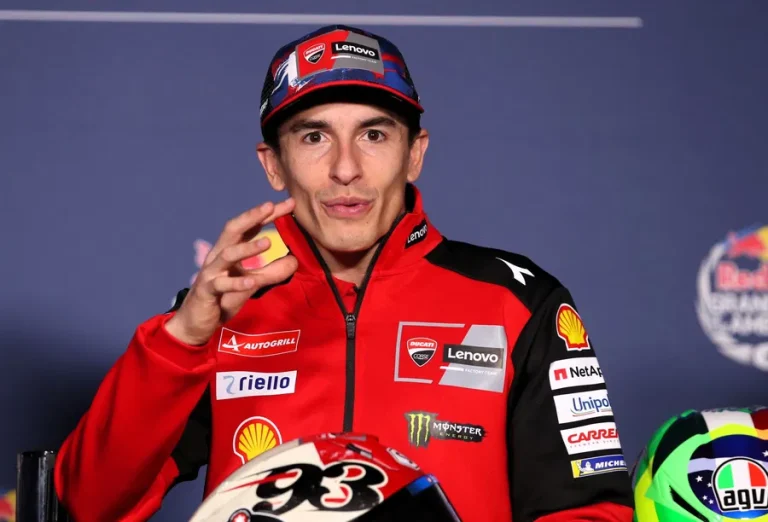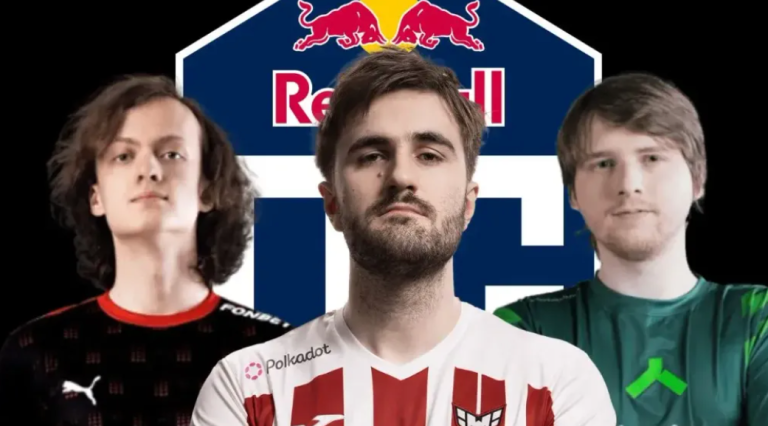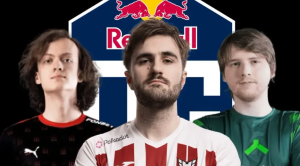Formula 1’s strength tests for the Halo have been described as “pretty scary” to watch because of the extreme forces being exerted on the car. The mandatory use of the Halo in F1 this year has brought with it complications for teams in ensuring that their cars are strong enough to withstand new FIA crash tests, including one with a vertical load of 116kN. Mercedes technical director James Allison explained last week how the forces that the Halo has to cope with are the equivalent of having a London double-decker bus sat on top of the car.
McLaren’s chief engineering officer Matt Morris has now revealed how much of an eye-opener it was for him to oversee the Halo crash tests – and added that his team had to make unexpected changes to its chassis after encountering some problems with early mock-up designs. “It has been a big challenge,” said Morris about passing the Halo crash tests. “The loads are very very high. We always knew it was going to be a challenge and we invested some time and money up front to do quite a lot of test pieces. “Obviously you don’t want to build a complete chassis, but we built various test pieces where we had dummy Halos, parts of Halos, full Halos, and testing how the interfaces would behave. “We found some issues but we planned early enough so we could react to those issues and catch the main chassis, which we did. “It was close. I am not saying we breezed through it, and there were quite a few heart-stopping moments when doing the static test that comes in from an oblique angle – where it takes the weight of a London Bus. “When you see that test going on, it is pretty scary with the amount of load going in there, which it is designed to do.”
Morris said that the extremes of the test mean it is possible that some outfits may hit trouble trying to get through. “It will be interesting to see if anyone has any problems,” he said. “It is a pretty tough test so it wouldn’t surprise me if people have issues. “I hope they don’t because we want everyone in winter testing, but it has been an interesting challenge.” Morris also suggests that there may be some variation of designs with the way the Halo is incorporated on to the car, especially around the area of the rear mounts. “There are various ways of putting the structure around that, and maybe we will see some differences,” he said. “The Halo is the same for everybody but we have the allowance of having fairings on it too, so it might look a little bit different cosmetically.”
F1 teams are allowed to mount some aerodynamic parts to the Halo, and McLaren’s aero chief Peter Prodromou thinks there could some interesting solutions as teams work on minimising losses in this area. “Aero-wise it is certainly not penalty-free, so I think there is a challenge there to either cope with it in the first instance, let’s call it damage limitation, and afterwards think about opportunity and exploitation,” he said. “It does open up some avenues that possibly are interesting to look at – and I am sure there are going to be a variety of different solutions out there. “The scope is quite limited as you have this allowance around the basic shape, but there is opportunity there for aerodynamicists.”

